HSBC 2002 Annual Report Download - page 98
Download and view the complete annual report
Please find page 98 of the 2002 HSBC annual report below. You can navigate through the pages in the report by either clicking on the pages listed below, or by using the keyword search tool below to find specific information within the annual report.-
 1
1 -
 2
2 -
 3
3 -
 4
4 -
 5
5 -
 6
6 -
 7
7 -
 8
8 -
 9
9 -
 10
10 -
 11
11 -
 12
12 -
 13
13 -
 14
14 -
 15
15 -
 16
16 -
 17
17 -
 18
18 -
 19
19 -
 20
20 -
 21
21 -
 22
22 -
 23
23 -
 24
24 -
 25
25 -
 26
26 -
 27
27 -
 28
28 -
 29
29 -
 30
30 -
 31
31 -
 32
32 -
 33
33 -
 34
34 -
 35
35 -
 36
36 -
 37
37 -
 38
38 -
 39
39 -
 40
40 -
 41
41 -
 42
42 -
 43
43 -
 44
44 -
 45
45 -
 46
46 -
 47
47 -
 48
48 -
 49
49 -
 50
50 -
 51
51 -
 52
52 -
 53
53 -
 54
54 -
 55
55 -
 56
56 -
 57
57 -
 58
58 -
 59
59 -
 60
60 -
 61
61 -
 62
62 -
 63
63 -
 64
64 -
 65
65 -
 66
66 -
 67
67 -
 68
68 -
 69
69 -
 70
70 -
 71
71 -
 72
72 -
 73
73 -
 74
74 -
 75
75 -
 76
76 -
 77
77 -
 78
78 -
 79
79 -
 80
80 -
 81
81 -
 82
82 -
 83
83 -
 84
84 -
 85
85 -
 86
86 -
 87
87 -
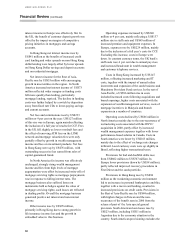 88
88 -
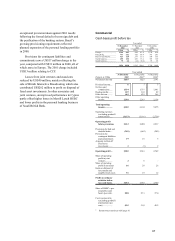 89
89 -
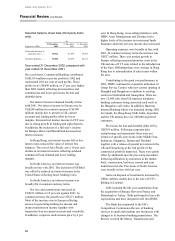 90
90 -
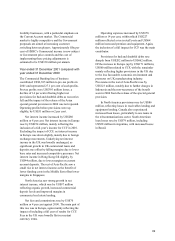 91
91 -
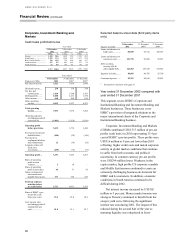 92
92 -
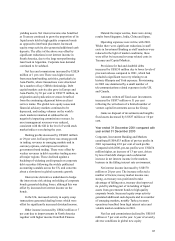 93
93 -
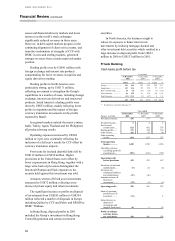 94
94 -
 95
95 -
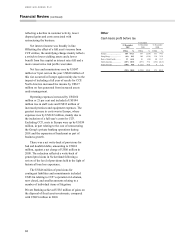 96
96 -
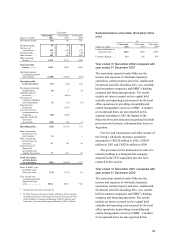 97
97 -
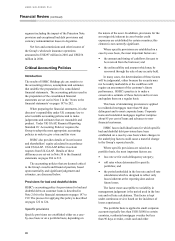 98
98 -
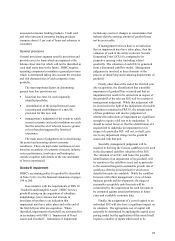 99
99 -
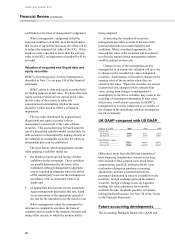 100
100 -
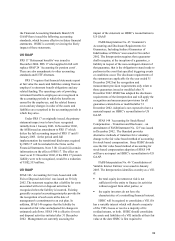 101
101 -
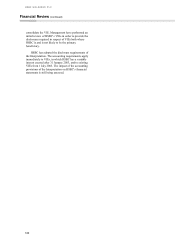 102
102 -
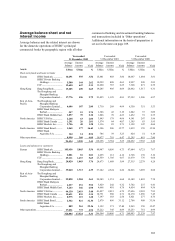 103
103 -
 104
104 -
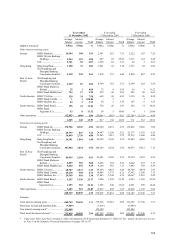 105
105 -
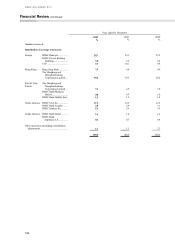 106
106 -
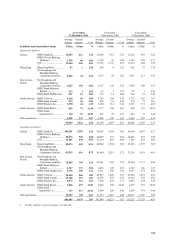 107
107 -
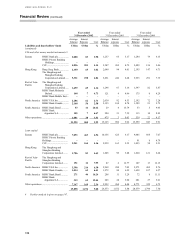 108
108 -
 109
109 -
 110
110 -
 111
111 -
 112
112 -
 113
113 -
 114
114 -
 115
115 -
 116
116 -
 117
117 -
 118
118 -
 119
119 -
 120
120 -
 121
121 -
 122
122 -
 123
123 -
 124
124 -
 125
125 -
 126
126 -
 127
127 -
 128
128 -
 129
129 -
 130
130 -
 131
131 -
 132
132 -
 133
133 -
 134
134 -
 135
135 -
 136
136 -
 137
137 -
 138
138 -
 139
139 -
 140
140 -
 141
141 -
 142
142 -
 143
143 -
 144
144 -
 145
145 -
 146
146 -
 147
147 -
 148
148 -
 149
149 -
 150
150 -
 151
151 -
 152
152 -
 153
153 -
 154
154 -
 155
155 -
 156
156 -
 157
157 -
 158
158 -
 159
159 -
 160
160 -
 161
161 -
 162
162 -
 163
163 -
 164
164 -
 165
165 -
 166
166 -
 167
167 -
 168
168 -
 169
169 -
 170
170 -
 171
171 -
 172
172 -
 173
173 -
 174
174 -
 175
175 -
 176
176 -
 177
177 -
 178
178 -
 179
179 -
 180
180 -
 181
181 -
 182
182 -
 183
183 -
 184
184 -
 185
185 -
 186
186 -
 187
187 -
 188
188 -
 189
189 -
 190
190 -
 191
191 -
 192
192 -
 193
193 -
 194
194 -
 195
195 -
 196
196 -
 197
197 -
 198
198 -
 199
199 -
 200
200 -
 201
201 -
 202
202 -
 203
203 -
 204
204 -
 205
205 -
 206
206 -
 207
207 -
 208
208 -
 209
209 -
 210
210 -
 211
211 -
 212
212 -
 213
213 -
 214
214 -
 215
215 -
 216
216 -
 217
217 -
 218
218 -
 219
219 -
 220
220 -
 221
221 -
 222
222 -
 223
223 -
 224
224 -
 225
225 -
 226
226 -
 227
227 -
 228
228 -
 229
229 -
 230
230 -
 231
231 -
 232
232 -
 233
233 -
 234
234 -
 235
235 -
 236
236 -
 237
237 -
 238
238 -
 239
239 -
 240
240 -
 241
241 -
 242
242 -
 243
243 -
 244
244 -
 245
245 -
 246
246 -
 247
247 -
 248
248 -
 249
249 -
 250
250 -
 251
251 -
 252
252 -
 253
253 -
 254
254 -
 255
255 -
 256
256 -
 257
257 -
 258
258 -
 259
259 -
 260
260 -
 261
261 -
 262
262 -
 263
263 -
 264
264 -
 265
265 -
 266
266 -
 267
267 -
 268
268 -
 269
269 -
 270
270 -
 271
271 -
 272
272 -
 273
273 -
 274
274 -
 275
275 -
 276
276 -
 277
277 -
 278
278 -
 279
279 -
 280
280 -
 281
281 -
 282
282 -
 283
283 -
 284
284 -
 285
285 -
 286
286 -
 287
287 -
 288
288 -
 289
289 -
 290
290 -
 291
291 -
 292
292 -
 293
293 -
 294
294 -
 295
295 -
 296
296 -
 297
297 -
 298
298 -
 299
299 -
 300
300 -
 301
301 -
 302
302 -
 303
303 -
 304
304 -
 305
305 -
 306
306 -
 307
307 -
 308
308 -
 309
309 -
 310
310 -
 311
311 -
 312
312 -
 313
313 -
 314
314 -
 315
315 -
 316
316 -
 317
317 -
 318
318 -
 319
319 -
 320
320 -
 321
321 -
 322
322 -
 323
323 -
 324
324 -
 325
325 -
 326
326 -
 327
327 -
 328
328 -
 329
329
 |
 |

HSBC HOLDINGS PLC
Financial Review (continued)
96
segment including the impact of the Princeton Note
provision and exceptional bad debt provisions and
currency redenomination losses in Argentina.
Net fees and commissions and other income of
the Group’ s wholesale insurance operations
amounted to US$297 million in 2001 and US$256
million in 2000.
Critical Accounting Policies
Introduction
The results of HSBC Holdings plc are sensitive to
the accounting policies, assumptions and estimates
that underlie the preparation of its consolidated
financial statements. The accounting policies used in
the preparation of the consolidated financial
statements are set out in Note 2 in the ‘Notes to the
financial statements’ on pages 197 to 202.
When preparing the financial statements, it is the
directors’ responsibility under UK company law to
select suitable accounting policies and to make
judgements and estimates that are reasonable and
prudent. Under UK GAAP, Financial Reporting
Standard 18 ‘Accounting Policies’ requires the
Group to adopt the most appropriate accounting
policies in order to give a true and fair view.
HSBC also provides details of its net income
and shareholders’ equity calculated in accordance
with US GAAP. US GAAP differs in certain
respects from UK GAAP. Details of these
differences are set out in Note 50 to the financial
statements on pages 286 to 313.
The accounting policies that are deemed critical
to the Group’s results and financial position, based
upon materiality and significant judgement and
estimates, are discussed below.
Provisions for bad and doubtful debts
HSBC’s accounting policy for provisions for bad and
doubtful debts on customer loans is described in
Note 2 (b) to the financial statements on pages 197 to
199. The process for applying this policy is described
on pages 122 to 124.
Specific provisions
Specific provisions are established either on a case-
by-case basis or on a portfolio basis, depending on
the nature of the asset. In addition, provisions for the
sovereign risk inherent in cross-border credit
exposures are established for certain countries; this
element is not currently significant.
Where specific provisions are established on a
case-by-case basis, the most important factors are:
• the amount and timing of cashflows forecast to
be received from the borrower; and
• the enforceability and amount which may be
recovered through the sale of any security held.
In many cases, the determination of these factors
will be judgmental, either because the security may
not be readily marketable or the cashflows will
require an assessment of the customer’ s future
performance. HSBC’ s practice is to make a
conservative estimate of these factors and to review
and update them on a regular basis.
This basis of determining provisions is applied
to residential mortgages more than 90 days
delinquent and to most corporate loans. Corporate
loans and residential mortgages together comprise
about 85 per cent of loans and advances to non-
financial customers.
HSBC has no individual loans for which specific
bad and doubtful debt provisions have been
established on a case-by-case basis where changes in
the underlying factors could cause a material change
to the Group’ s reported results.
Where specific provisions are raised on a
portfolio basis, the most important factors are:
• loss rate set for each delinquency category;
• roll rates where determined for specific
portfolios; and
• the period embedded in the loss rate and roll rate
calculations which is designed to reflect only
losses inherent at the reporting date and not
future losses.
The factor most susceptible to variability in
management judgement is the period used in the loss
rate and roll rate calculations. This factor is kept
under continuous review based on the incidence of
losses experienced.
The portfolio basis is applied to small corporate
accounts (typically less than US$15,000) in certain
countries, residential mortgages overdue but less
than 90 days overdue, credit card and other
